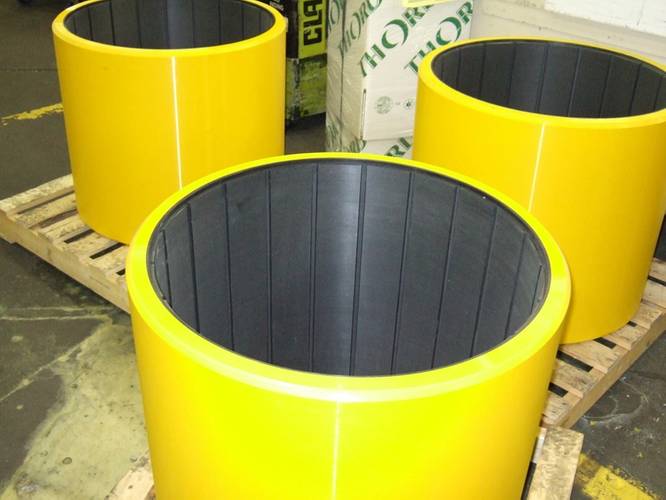Mastering Dredge Bearing Installation: A Comprehensive Guide for Optimal Performance and Longevity
In the world of dredging, ensuring optimal performance and longevity of equipment is paramount. One crucial aspect is the proper installation of bearings. In this guide, we’ll walk you through the step-by-step process of installing bearings on your dredge, ensuring smooth operation and minimizing downtime.
- Conduct a Thorough Inspection: Before diving into the installation process, conduct a meticulous inspection of your bearings. Look for any signs of damage or wear that could affect performance. Ensure you have the correct type and size of bearings required for your dredge.
- Prepare Your Workspace: Create a clean and organized workspace conducive to the installation process. Gather all necessary tools and equipment beforehand to streamline the installation procedure.
- Clean the Bearing Housing: Prior to installation, thoroughly clean the bearing housing to remove any debris, rust, or contaminants. A smooth and clean housing surface is essential for optimal bearing performance.
- Apply Lubricant (if necessary): To facilitate smooth installation and prevent damage, consider applying a thin layer of lubricant to the bearings. This step can aid in reducing friction and ensuring proper seating within the housing.
- Remove Old Bearings (if applicable): If you’re replacing existing bearings, use appropriate tools such as a bearing puller to safely remove them from the housing. Take care to avoid damaging surrounding components during this process.
- Position the New Bearings: Carefully position the new bearings into the housing, ensuring proper alignment and seating. Take note of any specific orientation requirements specified by the manufacturer.
- Press or Tap Bearings into Place: Depending on the size and type of bearings, you may need to utilize a hydraulic press or gently tap them into place using a mallet. Exercise caution to apply uniform pressure and avoid causing damage to the bearings.
- Verify Alignment: After installation, verify that the bearings are correctly aligned and seated within the housing. Misalignment can lead to premature wear and compromised performance.
- Secure Bearings in Place: Once properly positioned, secure the bearings in place using retaining rings, bolts, or other appropriate fastening mechanisms. Ensure all connections are tight and secure.
- Conduct Operational Tests: Before putting the dredge back into service, conduct thorough operational tests to ensure the bearings are functioning as intended. Listen for any unusual noises or vibrations that may indicate potential issues.
- Implement a Maintenance Plan: Establish a regular maintenance schedule for your bearings to prolong their lifespan and ensure continued optimal performance. This may include periodic inspections, lubrication, and proactive replacement as needed.
By following these SEO-optimized step-by-step instructions for installing bearings on your dredge, you can enhance equipment reliability, minimize downtime, and maximize operational efficiency. Prioritize proper installation and maintenance to safeguard the long-term performance of your dredging equipment.
